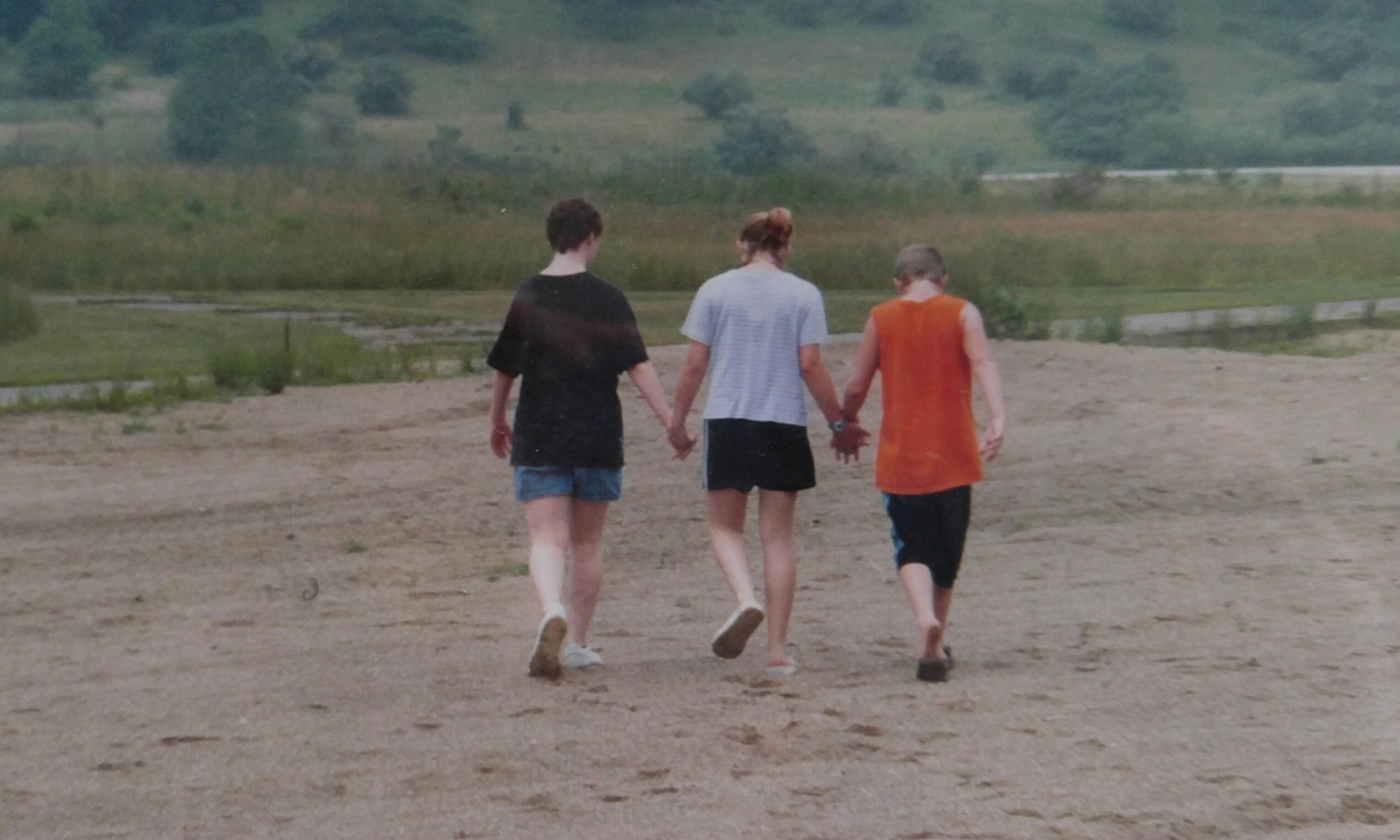
Yesterday, Rob turned 28. While Casey has been talking about his birthday for a month, he rarely mentions it. He likes his birthday, but it doesn’t mean as much to him as it does Casey and me. I want their birthdays to always be something special. This year, Rob surprised me.
He got up early on his birthday! He had a big smile when he came out of his room. I’d like to think he was happy to see me, but I know that it was for his favorite chocolate covered doughnuts that we always have on birthdays. 🙂 I sang “Happy Birthday” to him, but he turned his back and ran for his room as soon as I was finished. (I didn’t think I sounded that bad! 🙂 )
We had talked about his birthday all week – how old he was, what he wanted for presents. He would repeat that he was going to be 28, but he didn’t care. As for presents, he just repeated what I suggested. He showed no interest at all, except for wanting Long John Silver for supper. He never asks for that except on his birthday. Unfortunately, the one in our town burned last year after his birthday and never reopened. The closest one is about 30 miles away.
All week, I thought maybe I could convince him to have KFC or Taco Bell for supper instead. Finally, Wednesday evening, I told him LJS was closed and asked if we could have something else instead. The look on his face broke my heart. He was so disappointed that he wouldn’t be having fish for supper – he was close to tears. I couldn’t stand it. I told him I would go get his LJS while he was with Bob on his birthday. (When I was in that town a few weeks ago, the dining room wasn’t open, so I knew we needed the drive-thru anyway). So, yeah – I drove almost 70 miles to get their supper last night. But – he was so happy! His smiles and giggles made it all worth it.
He bought playing cards when he was with Bob so as soon as he finished supper, he went to his room to rip them up and wait for Mandy and Cory, Grandma and Grandpa. Since he still had cards when they got here, he didn’t come right out and see everyone, but when I mentioned presents, it brought Casey running and convinced him to see what he had gotten.
He makes very few comments and rarely changes facial expressions when he is opening presents. He reads his cards and rips open the paper. He read the new signs he got and said “money” when it fell out of his card. As soon as he was finished, he grabbed the new decks of cards and ran back to his room to resume the ripping, until I asked him to come and blow out candles.
He did have a small smile on his face as I lit a few candles for him and he loudly sang Happy Birthday to himself before he blew them all out. And ran to his room again.
But that’s okay. Birthdays can be overwhelming for anyone, but when you have sensory issues, they can be even harder. The extra noise – extra people – the extra attention are all hard to handle. I’ve never made any of my kids stay in the room for their parties. They are free to do what they need to do to enjoy their day.
I’ve also never understood the reasoning for buying what you think they “should” like. As an adult, Rob should probably be thinking about a new phone, or clothes, or gift cards, or something for his car. But as Rob, a young man with autism, he wants signs for his room. He wants decks of cards to rip up. He wants foam stickers to put on his closet door. He wants foam puzzles to cut up. He wants money for more signs (tho we are really running out of room in there!). And so that what we get him. We don’t try to force “normal” things – they get what they like.
So while his day might not seem like much to most people, he had his favorite doughnut for breakfast, wore a favorite shirt to Hopewell, had taco meat in his lunch, went with Bob, had LJS for supper, saw Mandy and Cory and Grandma and Grandpa, opened presents, sang to himself, had cookies and ripped cards for more than 5 hours. It was a perfect day to him and that’s all I ever want – a special time just for them.
I encourage you to think before you plan parties for your children with autism. Be realistic – are you planning the party for them – or for you? Are they the ones who want a huge crowd with lots of balloons – or is it you? Trying to compete with your neighbors? Please – do what’s best for your child on their birthday and leave the huge party for yours!




